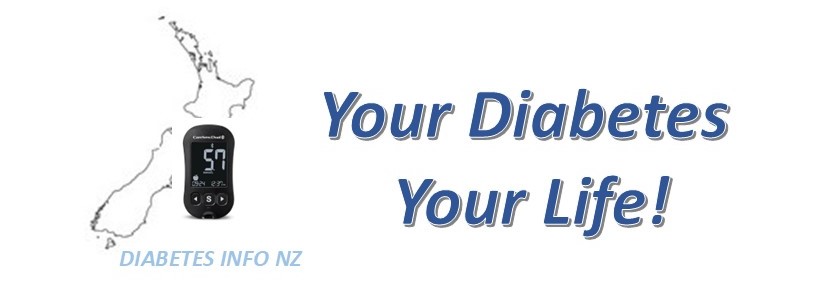Insulin Resistance
Insulin resistance is when the body’s cells don’t respond well to insulin—the hormone that helps move glucose (sugar) from the blood into the cells for energy. When insulin isn’t working effectively the body needs more insulin to do the same job. More insulin is produced, but over time, the body becomes unable to keep up with the increased demand . Eventually the ability to produce enough insulin to keep blood glucose levels in check declines leading to high blood glucose levels and eventually type 2 diabetes.
Clinical features of Insulin Resistance
The clinical features of insulin resistance can vary, but common signs and associated conditions include:
Physical Signs
- Acanthosis nigricans: Dark, velvety patches of skin, usually on the neck, armpits, or groin.
- Skin tags: Especially around the neck and armpits.
- Central obesity: Increased waist circumference or abdominal fat.
- Hirsutism (in women): Excessive hair growth on the face or body.
- Acne and oily skin.
Metabolic and Laboratory Features
- Elevated fasting blood glucose or impaired glucose tolerance.
- High insulin levels (hyperinsulinemia) on fasting or after a glucose load.
- Dyslipidaemia: High triglycerides, low HDL cholesterol.
- Elevated blood pressure.
- Fatty liver (non-alcoholic fatty liver disease).
Associated Conditions
- Type 2 diabetes mellitus
- Polycystic ovary syndrome (PCOS) (in women)
- Metabolic syndrome
- Cardiovascular disease
Why does Insulin Resistance develop?
Several factors can contribute, often in combination:
- Excess weight, especially around the belly
- Lack of physical activity
- Unhealthy diet (high in processed foods, sugary drinks, refined carbs)
- Genetics (family history or certain ethnic backgrounds can increase risk)
- Hormonal changes (e.g., during pregnancy or with conditions like PCOS)
- Chronic stress or poor sleep
- Smoking and some medications
What can reduce insulin resistance?
The good news is insulin resistance can often be improved or even reversed with lifestyle changes:
- Move more
Regular physical activity helps muscles use glucose better.
Aim for at least 30 minutes of moderate exercise most days.
- Make healthy food choices
Focus on whole foods: vegetables, fruits, legumes, whole grains, lean proteins, and healthy fats.
Reduce sugary drinks, processed foods, and refined carbs.
- Manage weight
Even a modest weight loss (5–10%) can significantly improve insulin sensitivity.
- Sleep well
Poor sleep affects hormones that regulate blood sugar and appetite.
- Reduce stress
Mindfulness, breathing exercises, or talking with someone can help lower stress hormones like cortisol that affect insulin sensitivity.
- Quit smoking (if relevant)
Smoking worsens insulin resistance and overall metabolic health.
Metabolic Syndrome
Insulin resistance is a central feature of metabolic syndrome, which is a cluster of conditions that occur together and increase the risk of heart disease, stroke, and type 2 diabetes.
Metabolic syndrome includes:
1. Insulin resistance (often shown by high blood sugar or a diagnosis of prediabetes/type 2 diabetes)
2. High blood pressure
3. High triglycerides (a type of fat in the blood)
4. Low HDL cholesterol (the “good” cholesterol)
5. Excess fat around the waist (central obesity)
You only need three or more of these to be diagnosed with metabolic syndrome.
The link
Insulin resistance drives many of the features of metabolic syndrome.
It disrupts how the body processes glucose and fats, leading to higher blood sugar and abnormal cholesterol levels.
It also contributes to increased fat storage, especially around the abdomen, and affects blood vessel function—raising blood pressure.
Why it matters
Metabolic syndrome significantly increases the risk of:
- Type 2 diabetes
- Cardiovascular disease (heart attack, stroke)
- Fatty liver disease
- Other inflammatory conditions
What helps
Since insulin resistance is at the root, improving insulin sensitivity (through lifestyle changes like physical activity, healthy eating, sleep, and stress reduction) can help reverse or manage the whole syndrome.
Insulin Resistance in Māori and Pacific Peoples
Insulin resistance tends to occur more often and at an earlier age in Māori and Pacific Peoples compared to many other groups. This higher risk is influenced by a mix of biological, social, cultural, and historical factors, not just individual lifestyle.
Some key points about insulin resistance in Māori and Pacific Peoples:
1. Higher prevalence, younger onset
Insulin resistance and type 2 diabetes often develop earlier in life for Māori and Pacific Peoples.
This means people may live with the condition longer, increasing the risk of complications.
2. Genetic and biological influences
Some research suggests these populations may have greater insulin resistance at a given body weight compared to others.
There’s also a stronger tendency to store fat viscerally (around internal organs), which is linked to insulin resistance.
3. Social and historical drivers
Colonisation, racism, urbanisation, and loss of traditional food systems have impacted health over generations.
Barriers to healthcare access, food security, housing, and income all contribute to higher rates of insulin resistance and diabetes.
4. Cultural strengths
Strong family and community ties, traditional food knowledge, and holistic wellbeing models (like hauora and fonofale) offer powerful strengths for healing and prevention.
Culturally grounded programmes that support collective approaches, build mana and trust, and incorporate kai sovereignty are more effective.
What helps
- Whānau-centred care that respects cultural identity and values
- Access to affordable, nourishing food
- Community-led physical activity and wellbeing initiatives
- Health messaging that is strengths-based, not blaming
- Routine screening for insulin resistance, even in younger adults
- Health systems that tackle bias, inequity, and promote cultural safety
